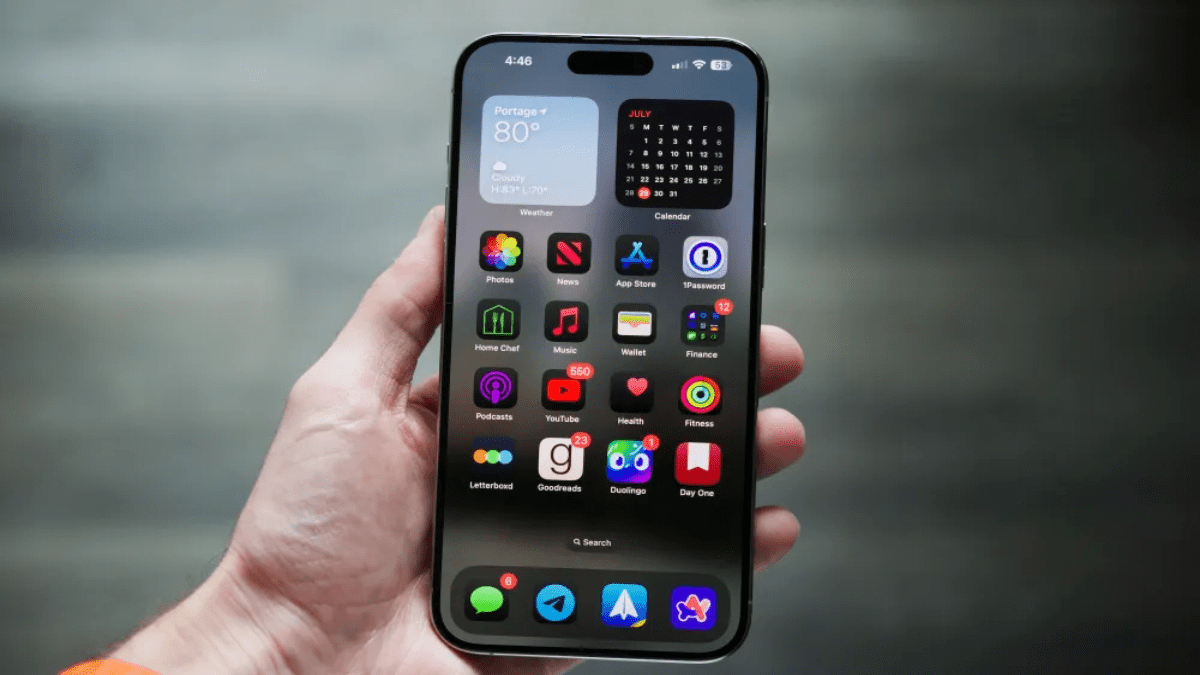
Advertisement
The mobile phone has evolved from a communication tool into a comprehensive digital repository, holding everything from financial records and medical data to intimate conversations. For years, the primary line of defense was user vigilance: “Don’t click the suspicious link,” or “Don’t download apps from untrusted sources.” However, a new class of threat has emerged, rendering user awareness obsolete. This is the zero-click attack, a highly sophisticated form of cyber warfare that allows attackers to breach a device’s core system and install powerful spyware without the victim needing to click on a link, accept a call, or even see a notification. This paradigm shift—from relying on social engineering to exploiting deep-seated software vulnerabilities—represents the most serious challenge to modern mobile cybersecurity.
How Invisibility is Achieved: The Mechanics of Zero-Click Exploits
A zero-click attack is a surgical strike aimed at a single, critical weakness, often a zero-day vulnerability (a flaw unknown to the software vendor). These exploits specifically target applications designed to automatically receive and process data from external, untrusted sources—most commonly messaging platforms.
The attack sequence often works as follows:
- Vulnerability Identification: Highly funded threat actors, frequently Nation-State Actors or commercial spyware vendors like NSO Group (developer of the notorious Pegasus Spyware), locate a previously unknown flaw in widely used services such as Apple’s iMessage or Meta’s WhatsApp. These flaws usually exist in how the application’s underlying code handles data, such as images, audio files, or network packets, before they are displayed to the user.
- Payload Delivery: The attacker sends a specially crafted, malicious message or network request to the victim’s phone number. Crucially, the target does not have to open the app or interact with the message. The device’s operating system (OS) or the app itself attempts to process the incoming data in the background, which is a necessary function for features like message previews or audio transcription.
- Code Execution: The malicious data triggers the zero-day vulnerability, causing a buffer overflow or a logic error that forces the application to execute the attacker’s unauthorized code.
- Covert Installation: This malicious code then silently installs the sophisticated spyware payload. In many cases, the original malicious message or network artifact is designed to delete itself immediately after the exploit is successful, leaving virtually no trace of the intrusion, which is why detection is incredibly difficult.
Past high-profile attacks, such as the 2021 ForcedEntry exploit targeting iPhones or the 2019 vulnerability in WhatsApp (which used a missed call to deploy its payload), illustrate the threat’s technical complexity. These exploits often bypass advanced security features, like Apple’s BlastDoor defense, highlighting the constant arms race between defensive engineering teams and the well-funded exploit developers in the Commercial Surveillanceware Market.
Mitigation and the Role of Proactive Security
Because zero-click attacks are designed to be undetectable by the user, mitigation focuses on architectural defenses and disciplined cyber hygiene, rather than relying on human suspicion.
The most vital defense remains Patch Management. Zero-click exploits rely entirely on unknown or unpatched vulnerabilities. When major platform vendors like Google (Android) and Apple (iOS) discover these flaws, they release urgent Security Updates. Installing these updates immediately is the single most effective way to eliminate the vulnerability. The moment a patch is released, the zero-day threat transforms into a standard vulnerability, and the attack vector is closed.
For individuals who face elevated risks—such as journalists, political dissidents, and corporate executives—tech companies have developed specific, high-security features. Apple’s Lockdown Mode is an excellent example, significantly hardening device defenses by limiting features that are commonly exploited, such as complex message attachments and certain web browsing capabilities. Furthermore, experts recommend the simple habit of rebooting your device regularly. Some sophisticated spyware payloads are not persistent; a reboot can clear the malicious code from memory, temporarily disabling the surveillance.
Finally, the expansion of the zero-click threat is accelerating the adoption of Zero Trust Architecture (ZTA) principles in mobile security. ZTA operates on the premise of “never trust, always verify.” This means mobile security solutions must continuously monitor background processes, network traffic, and device configurations for behavioral anomalies that might indicate a silent compromise, moving beyond traditional signature-based antivirus defenses. While the battle against zero-click spyware like Pegasus and Graphite Spyware is ongoing, user awareness of this silent threat is the first step toward demanding and implementing more robust, proactive security measures.
